Real photo geeks know that it’s all about the lens, so I asked a few of my friends in the camera community to choose their favorite lens, tell us why they love it, and share one favorite photo made with that lens. Bellamy (Japan Camera Hunter), Hamish (35mmc), my team of Casual Photophile writers, and a handful of special guests answered the call. Think of this as an all-star team of lenses, a round up of amazing glass as chosen by your favorite professional camera likers.
Give this article a browse, and then let us know what you think in the comments below.
Share your favorite lens with us and feel free to link to your favorite photo made with it. We’d love to see your world as shot through your favorite lens.
Enjoy!
Bellamy Hunt / Japan Camera Hunter
I had to think long and hard about this one. In my career I’ve seen many lenses that could be considered by many people to be their dream lens. I’ve shot everything that I always wanted to shoot. So perhaps you’re thinking that my favourite lens is something wildly esoteric? Well, I am sorry to disappoint you, my favorite is something much simpler.
My favorite lens is the lens I shoot with most frequently, the Leica Summicron 35mm f/2 ASPH 11611. A classic design that performs excellently under any situation. It gives me the results I want. It is sharp, but still has character. Its color rendition is brilliant and it has nice contrast too. It is everything I need in a lens.
Although, if I’m being honest, this lens kind of wins by default. It’s the lens I use because I can use it daily. But my all time favorite is a rare Zeiss cine lens. A 5cm f/2 with a fixed focus and fixed aperture. It was extremely hard to use and absurdly valuable, but the results were magnificent. I only got to shoot five frames with it and I fell in love. Unfortunately, it was not mine and I had to give it back. So, as that lens is unobtanium, I have to pick the Summicron.
Cory / Casual Photophile
Despite the dozens of lenses that have passed through my hands over the years, when James asked me to write about my favorite, the choice was easy. Before I reveal my muse, let me provide some context. For one, I’m not a pixel peeper. I appreciate resolving power, but MTF charts and lines per millimeter statistics are boring. I don’t fall prey to the siren song of bokeh, but I do appreciate smooth transitions from sharp focus to blur. Because I prefer to print in the darkroom, lens distortion is something I have no patience for as I can’t correct it with a simple button press. Finally, I favor lenses that have previously produced my favorite images.
With the above criteria in mind, my favorite lens is undoubtedly the Carl Zeiss 75mm f/3.5 Planar permanently mounted in my Rolleiflex 3.5F. The real power of this lens is its magical character. I’ve always felt as though it combines the precision of a more modern lens with the charm of vintage glass. The falloff between critical sharpness and background blur can only be described as buttery. More importantly, this lens has produced the most treasured photograph I’ve ever taken.
My grandparents came to visit right around the same time the Rolleiflex had returned from an overhaul. The camera was in perfect working order and I was eager to use it. I asked if I could take some photos of them and shot a roll on our front porch. Less than a year later, my grandfather passed away from an aggressive form of leukemia. These were the last formal photos taken of my grandparents and I made a large print of the image you see here for my grandfather’s funeral. This is a camera that I’ll never sell. Not for the technical capabilities of the lens, though excellent, but for the priceless photographs it has allowed me to make.
Drew / Casual Photophile
It feels like I say it in every article I write, but I’m a Zeiss fanboy. I love the contrast and colors T* coated lenses produce. I started with the C/Y mount lenses, which produced gorgeous results. Then I moved on to the G mount lenses and my 45mm f/2 Planar wowed me – except when the Contax G1 missed focus. Finally, I settled on the modern Zeiss 50mm F/2 ZM Planar. And man, is it satisfying.
It’s said that the Zeiss 50mm F/2 ZM Planar is based on the 45mm f/2 G Planar, which would make sense. Both lenses have six elements in four groups, and though the ZM is 40 grams heavier than the G, it bests the G with a more versatile aperture range (down to f/22) and ten aperture blades to the G’s six. In my experience, the ZM produces images with a bit more modern rendering when compared to the G. But best of all, I can nail focus even wide open with the ZM. I have a larger sample size with the G Planar, but the ZM Planar produces more beautiful bokeh and sharper in-focus areas.
That’s why it’s my favorite lens. The image that I chose, the family golden retriever, highlights the ZM Planar’s best aspects: gorgeous depth of field and perfectly rendered focus. Now, if I could only find a nicely priced 50mm f/1.5 ZM C-Sonnar.
Hamish Gill / 35mmc
Without much doubt my favourite lens is the Zeiss 50mm f/1.5 ZM C-Sonnar. There’s quite a lot about this lens that makes it unique within my collection, and perhaps even unique within the wider class of modern lenses.
The C designation in its name denotes either ‘Compact’ or ‘Classic’ depending on who you ask. By my measure, it stands for the former. But with its design closely related to very early Sonnar formula lenses, it’s fair to say that ‘Classic’ does indeed describe the way it renders an image. The real beauty of this lens though is that it combines the classic formula with very modern Zeiss coatings.
The combination of the early Sonnar design and modern coatings makes for results that aren’t as sharp as those from more modern designs but have stacks of contrast. The results exhibit ‘3D pop’ that very few 35mm format lenses can match, making it superb for capturing people and their environment.
It’s not the easiest lens to shoot, mind. Its classic formula means it suffers with focus shift, which is quite problematic on its native m-mount. For some, this makes for a lens that’s too difficult to shoot reliably. For people like me though – people who love the way it renders – the slight difficulty it presents in shooting is a sacrifice that’s absolutely worth making. [See Hamish’s full review of this great lens here]
Jeb / Casual Photophile
At first I had no idea which lens was my “Favorite of All-Time.” But when James added that we should pick our favorite photo, I browsed photos and knew in my bones it had to be Minolta’s Rokkor 45mm f/2. This cheap pancake typically comes attached to any number of Minolta camera bodies won on internet auction, almost as an added bonus. But this lens is the ultimate sleeper, like a case of Coors Banquet it’s going to surprise you with a taste that belies its price tag. And sitting between Minolta’s truly epic lenses in the 35mm and 50mm focal lengths, this 45mm Jan Brady is all but lost in the mix.
But don’t let all of this distract you; this lens is light, inconspicuous, gives great contrast and is sharp as a knife. It’s not a spec monster that slays other lenses with its technical prowess, but it has its own unique and interesting personality, and its profile is as slim as you could expect from a pancake lens. I traveled through my backyards and throughout Europe with this attached to a number of bodies, and it’s helped me create some of my favorite images. This lens is a testament to Minolta’s insistence on quality – that even its low-cost lenses were (and remain) outstanding.

Mike Eckman / MikeEckman.com
I could have chosen one of many excellent Nikkor, Rokkor, Takumar, Zeiss, or any of the other hundreds of optically excellent lenses that have been made over the past hundred-plus years. But choosing one of those would be too simple. I thought my favorite lens should not only take good pictures, but have some character, and do something that you can’t get from just any old vintage lens.
The Kamerabau-Anstalt-Vaduz Kilfitt-Makro Kilar D 4cm f/2.8 is that lens for me. I got this lens in Alpa mount on an Alpa Alnea Model 7 back in 2018, and was quickly enamored by its optical quality and two inch minimum focus. I’ve shot this lens on film, and after acquiring a digital adapter, I’ve mounted it on my Fuji X-T20 digital mirrorless.
Since September 2018, every single beauty picture of a camera that has been posted on my site has been shot with this lens. I like using a vintage lens to photograph vintage cameras, and with this lens, I can get a nice full camera picture from ten feet away, or an extreme closeup of a small detail of a camera that I want to show off. This lens not only makes fantastic looking film and digital pics, but its ability to function as a general purpose and macro lens is why I have selected it as my favorite lens of all time.
Connor / Casual Photophile
Picking a favorite lens was a difficult exercise for me. I tend to switch lenses very infrequently and end up using whatever lens came with the camera. In the case of the Olympus XA, that lens would be the brilliant F. Zuiko 35mm f2.8.
While wading through my archives looking for inspiration, I found one 50mm shot after another, which made the XA’s slightly wider 35mm stand out. The outstanding sharpness of the six-element optics also made it stand out. The only drawback of this design is noticeable vignetting at wider apertures, but stacking that up against the XA’s minuscule size and feature-packed body, there are worse issues to have.
Even removed from the revolutionary context of the XA, this lens is an extremely solid performer and is one of the main reasons I’ve consistently reached for the XA, even in lower light situations (where my favorite photo with it was made).
Peggy Marsh / Camera Go Camera
What is my favourite lens? The Canon 50/1.4 in Leica Thread Mount (LTM). Easy choice. Currently, it’s attached to a Canon IV SB2. For a lens that is over 60 years old, my example is so smooth to use. It feels solid and exudes quality, all metal and glass. It was relatively cheap when compared to other M39 lenses with similar performance levels. I’m not going to describe the technical details of the lens, since you can easily look those up. I’m more interested in the results.
However, I will mention the fairly long focusing throw, which for me, makes this lens a thoughtful one to use. Not a lens that I use when I need to move quickly, capture fleeting moments. It is a lens I savor, take my time with. This is especially true in low light situations where the widest f/1.4 aperture is needed.
The focal length, the nifty fifty, is a good all-around choice for portraits and landscapes. The resultant photos have a look that can’t be mistaken for a modern 50mm lens.
Ideally, I would like to try a 35mm lens to compare, but I don’t have one. You can’t choose something you don’t own. I had a look through my archives for photos and it has become abundantly clear, I have not used this lens nearly enough. I want and need to go out right now and try it, but well, stay safe, stay inside. At least the fast aperture might help with that.
Aaron / Casual Photophile
The diminutive Carl Zeiss 38mm f/2.8 enjoys a reputation that belies its small size. Nestled inside of the titanium-clad Contax point and shoot cameras of the 1980s and beyond, this lens was able to transform the reputation of a whole class of cameras. By placing the five-element Sonnar lens within the original Contax T in 1984, Contax redefined the expectations of the humble compact camera. Until this point, these “Soccer Mom” cameras were marketed solely at amateurs going on holidays, and had the optics to suit this less than demanding demographic of photographer.
Not so after the Contax. The level of sharpness, micro-contrast and 3D pop generated by this little lens began an arms race that spawned a new category, the luxury compact camera. Throughout the 1990s Leica, Minolta, Nikon, Konica and more would compete with Contax to deliver lenses which often bested SLR equivalents, stuffed into bodies which could comfortably fit inside a coat pocket. It has been this form factor which has allowed me to carry this lens, first in the body of the autofocus Contax T2, and then in its forefather, the Contax T, around the globe, to capture some of my fondest memories. And the lens has always delivered.
Those beer-soaked halcyon days as the nation cast aside Brexit concerns to (momentarily) celebrate the success of the national football team during the Russian World Cup. Through last year, as I chased sunsets down the backstreets of Hanoi, Taipei and other locales around South East Asia. A glance through my photos shows a stunningly high hit rate, and that virtually all of the botched photos are a result of user error. Even in these imperfect shots, there’s no flare or distortion to speak of, and there is character in spades.
Even as cynicism toward luxury compact cameras continues to rise in step with their price tags, I find it hard to totally dismiss these cameras, solely because of my fond experiences with this lens.
Kyle Depew / Founder, Brooklyn Film Camera
My favorite lens at the moment is the Schneider-Kreuznach APO-Symmar 210mm f/5.6. I bought mine around a year ago from a Japanese dealer and have been utterly in love since first mounting it on my Chamonix 45N-1. It has a beautiful Copal shutter and a 7-bladed aperture that’s as smooth as can be. It’s an absolute pleasure to use and renders portraits gorgeously.
I’ve been particularly enamored by making Polaroid 4×5’s with this system. The film is hard to find these days but I’ve had luck finding a handful of late-dated packs that have worked well. The chemistry is very old at this point (the last batches of Polaroid 4×5 ever produced expired in 2009) and it consequently renders colors very strangely, which I happen to love. These portraits were made on Polaroid Type-59 film that expired in 2007. Large format Polaroid magic!
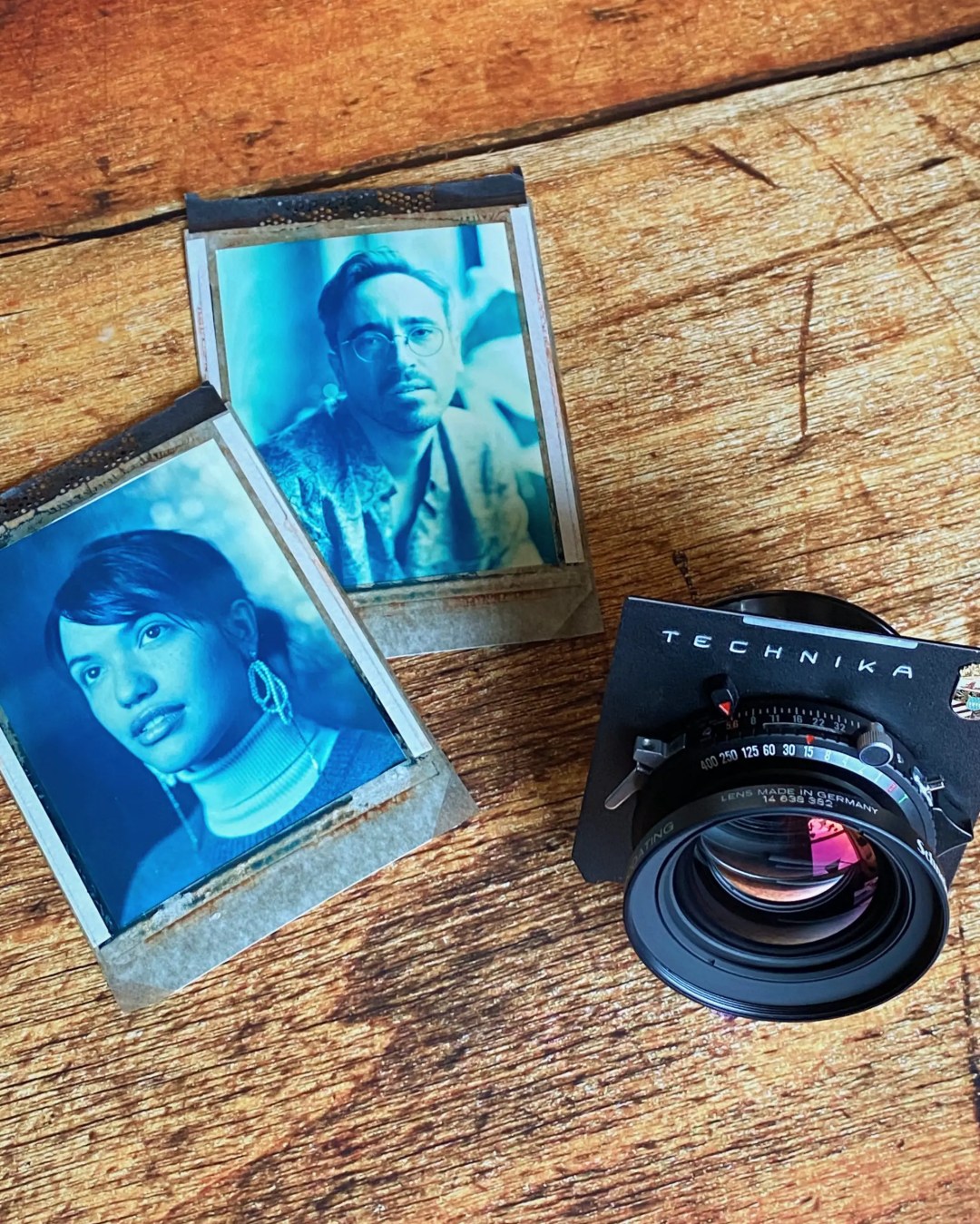
Dan Rubin / Designer and Photographer
It’s easy to love Leica lenses of any era. The way they render a scene is the stuff of legend, and generally, they are priced to match. The Leica Summicron-R 50/2 sits outside of that, for me. Not a cheap lens by most standards, but as with most R-mount lenses, far less than its M counterpart.
When I picked up this lens three years ago along with my Leicaflex SL, it immediately became the favorite combination among my 35mm cameras, and one that almost always finds its way into my bag wherever I travel. Mine was made in 1981, a three-cam version.
Though shooting it wide open yields silky smooth bokeh and sharp details (it’s lovely for portraits), my favorite photo to date with this lens was shot in the middle of a sunny Spring day in Vienna, on Kodak Portra 800, somewhere between f/8 and f/11. The timeless look that this lovely lens provides when stopped down is divine.
Jim Grey / Down the Road
My favorite lens of all time is a common lens; you can buy one used for well under a hundred bucks. It’s plenty sharp and it’s well built, but it’s otherwise not remarkable. Yet I keep reaching for it because it’s perfect for the kind of work I do. I mount the 35mm f/2.8 AI Nikkor lens onto one of my Nikon SLR bodies and off I go into the world.
I often photograph the built environment in cities and towns. That 35mm focal length means I seldom have to back up into the street to take in the scene. I also frequently photograph landscapes, where 35mm lets me bring in lots of the land without it looking to be too far away. That sometimes happens at 28mm and wider. This lens also lets me do a passable job when I want to move in close.
I took this lens, my Nikon N2000, and a bunch of Kodak T-Max 400 with me to Ireland a few years ago. My wife and I spent two weeks driving all over Galway, Sligo, Mayo, Donegal, and Antrim. In Galway’s Connemara region we visited stunning Kylemore Abbey. I made this photograph from inside the front door, looking out into the Irish landscape. I used this photo for the cover of my book of film photos I made in Ireland; you can get a copy here. You’ll see more work from this lens from time to time on my blog, Down the Road.
Josh / Casual Photophile
This question’s hard. Not because I don’t know which lens to pick, but because I know which lenses I should pick. I should pick the Zeiss 80mm f/2.8 Planar on my Rolleiflex 2.8, the best lens in my arsenal. I should pick the Nikonos W-Nikkor 35mm f/2.8, a lens which helped me make my favorite photo (and the artwork on my band’s 12” single). And I should pick the Leica Summicron 50mm f/2 V3, which is still technically the best lens I’ve ever used. But I can’t. There’s only one lens that I can call my favorite – the pre-AI Nikkor-S 50mm f/1.4.
Truthfully, the Nikkor-S 50mm f/1.4 shouldn’t even be here. It’s heavy, it bruises my ribs whenever I run around with it, and worst of all, it gets Downy soft wide-open. It has never won an award in any camera magazine, its MTF charts probably look dismal, and most other vintage lenses can beat it in nearly every single technical category. It’s a deeply flawed lens, and it isn’t for everybody.
But then I remember that nearly all of my favorite images were taken with the Nikkor-S 50mm f/1.4, and choosing the Nikkor starts to make sense. After ten years of shooting this lens, I recognize its images almost instantly – the rendering is creamy and rich, overall contrast is always exactly to my taste, and the colors pop with an intensity known only to ancient single-coated lenses. My hands know this lens just as well; the scalloped focusing ring and aperture ring still glide and click more solidly and smoothly than any other lens I’ve used. And whenever I think of its heritage as the constant companion of a camera that quite literally changed the world of photography, the choice becomes clear. This lens is everything that I love about shooting vintage cameras and lenses. Why would I pick anything else?
Ned Bunnell / President of Pentax USA, Retired
When James asked me to name my favorite lens, my immediate reaction was the PENTAX-FA 31mm f/1.8. I’ve owned this lens for fifteen years and I’ve previously claimed it might be the only lens I’d ever need. In fact, last December I finally bought a Pentax K-1 so I could use lenses like the FA31 and my Super Takumar 50mm f/1.4 (8) on a full-frame body.
I shot with the K-1 and the FA31 for two months. During this time, I never picked up the camera that I’ve been using exclusively for the past six years, the Ricoh GR. I now have the latest iteration, the GRIII. And while I produced some lovely images with the K-1 and FA31, I began to miss my GR compact camera and its 28mm fixed-lens.
I’ve finally realized that I prefer to keep things light and simple when I’m taking pictures. While the K-1 and FA31 is nicely balanced as far as SLRs go, it’s still large and a bit cumbersome. Whereas, walking around with the GR in hand, I can spontaneously photograph whatever catches my eye without thinking at all about the gear.
Lens wise, I’m not making any compromises. The Ricoh GR’s 28mm lens is probably as sharp as any 28mm interchangeable lens on the market today. And the GR is actually smaller and lighter than some of these lenses. I’m back using the GRIII every day. For me it’s the perfect camera; an incredible lens in a compact, unobtrusive body with all the controls of a traditional APS-C camera.
I’ll still bring out the FA31 and K-1 on special occasions, but even then the GRIII and its exceptional 28mm lens will probably be in my pocket… just in case.
James / Founder, Casual Photophile
Sometime during the third hour of poring over the innumerable photos I’ve made for this site in the past six years, I cursed myself. What a stupid idea. Pick our favorite lens? And then pick our favorite photo made with that lens? What was I thinking? Days of agony later, I should have saved myself the trouble and gone with my first instinct. The lens that first popped into my mind when dreaming up this exercise is the one I’ve finally chosen, even though it’s far from perfect.
The Carl Zeiss 45mm f/2 Planar in G mount is that lens, and I love it for the same reasons that other Zeiss fans on this list have already written. It makes exceptional micro-contrast, is as sharp as I want a lens to be, and has a distinct personality that’s unquantifiable. This lens, coupled to a G2, made one of my favorite photos I’ve ever shot (and I’ve shared this photo in a few articles since making it). But this lens has also made a lot of my favorite digital photos, and I think that versatility is why I really love it.
Finding the right adapter to use the CZ 45mm f/2 Planar in G mount is critical. That’s because the G system uses electronic focusing, rather than mechanical. You can read all about this in my review of the lens. And while this methodology creates something of a challenge for digital shooters adapting G mount lenses, the struggle is worth it. The images I get from this lens mounted to my Sony a7II are always exceptional, and occasionally mind-blowing.
I’ve shared one film image and one digital image below. I know that (by my own rules) we were only supposed to share one favorite image, but what am I gonna do? Fire myself?
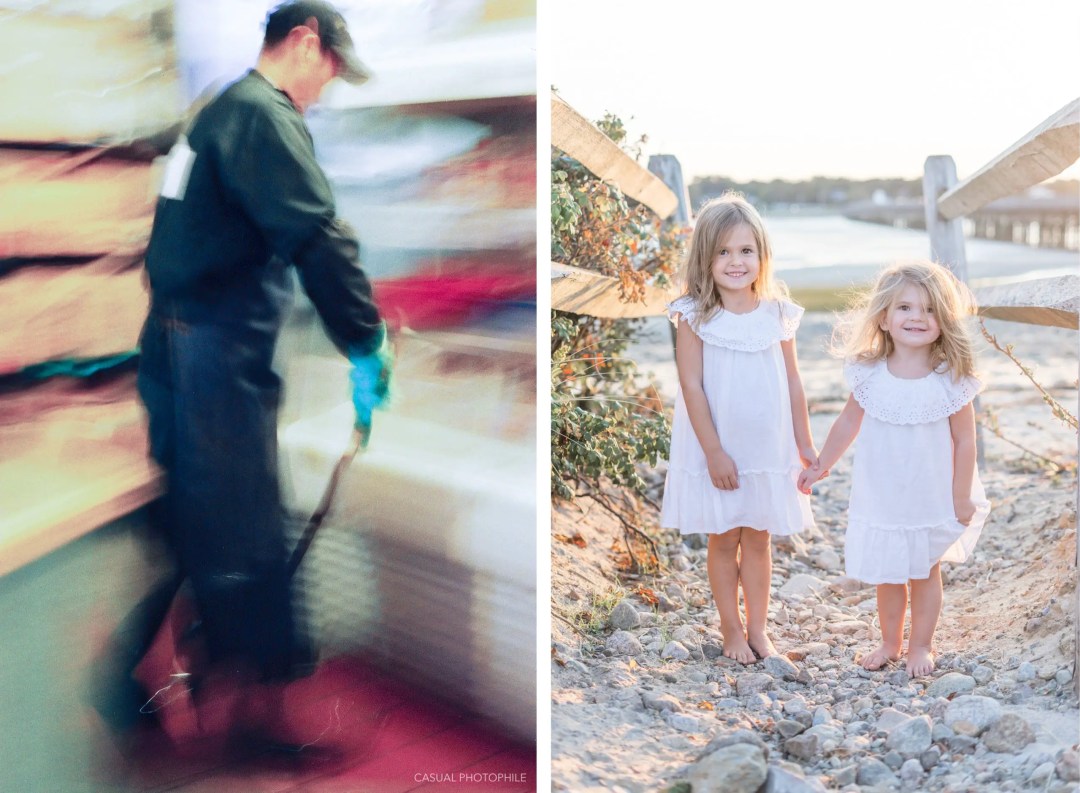
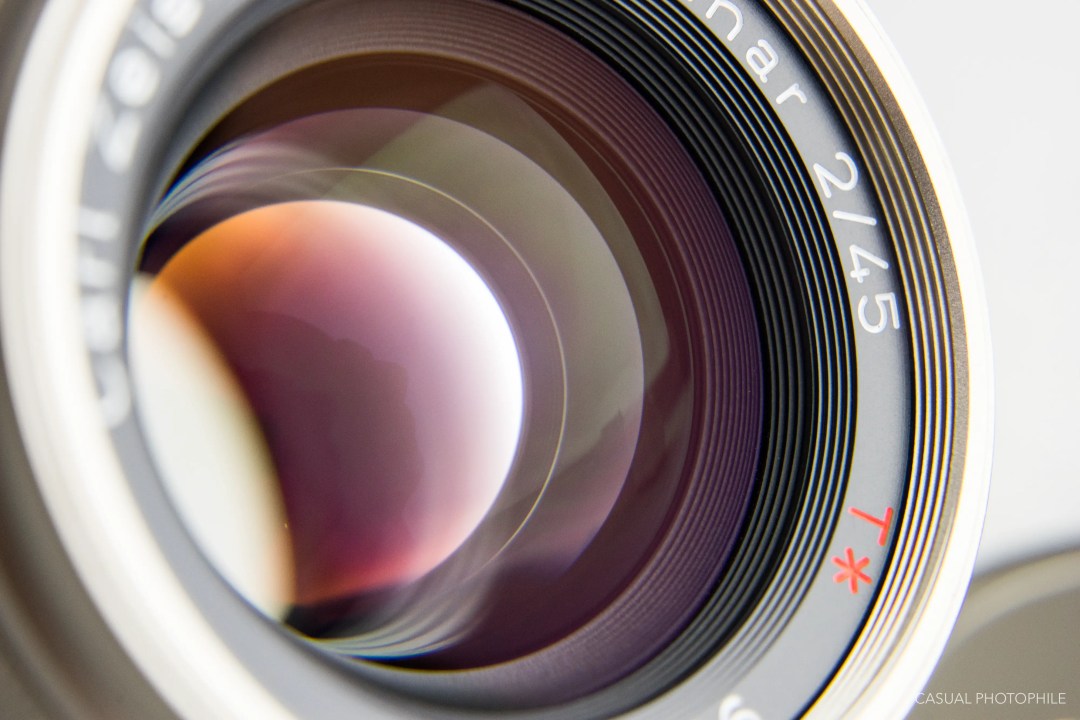
And at roughly 3,500 words, let’s take a break there. Many thanks to everyone who contributed to this article. It was great fun, and I’ve had such a great response from my fellow professional camera likers that I’ll be able to put together another all-star lens team from new contributors in just a couple of weeks. Until then, feel free to browse our full list of lens reviews, and be sure to visit all of the excellent sites that we’ve linked to from this article.
If you’ve enjoyed this look into our personal lens preferences, let us know in the comments. And as mentioned earlier, please share with us your favorite lens of all time, and the best photo you’ve made with it.
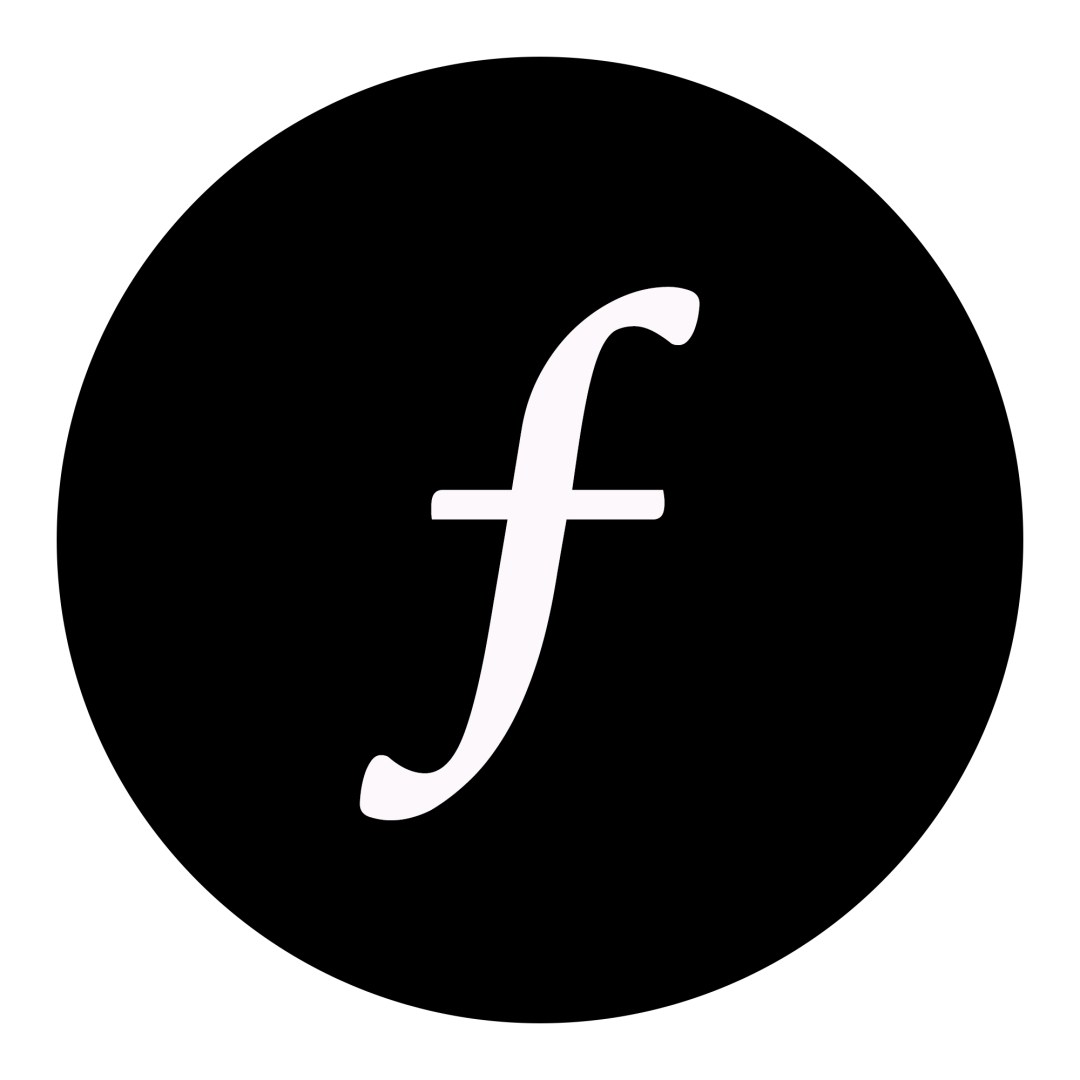
 Follow Casual Photophile on Youtube, Twitter, Facebook and Instagram
Follow Casual Photophile on Youtube, Twitter, Facebook and Instagram
[Some of the links in this article will direct users to our affiliates at B&H Photo, Amazon, and eBay. By purchasing anything using these links, Casual Photophile may receive a small commission at no additional charge to you. This helps Casual Photophile produce the content we produce. Many thanks for your support.]
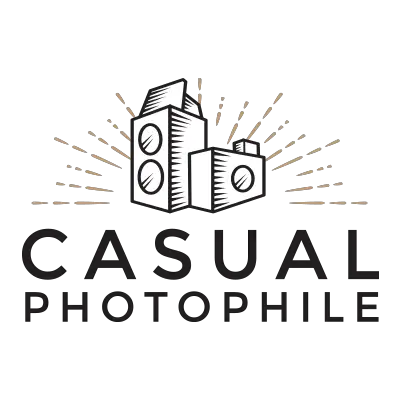
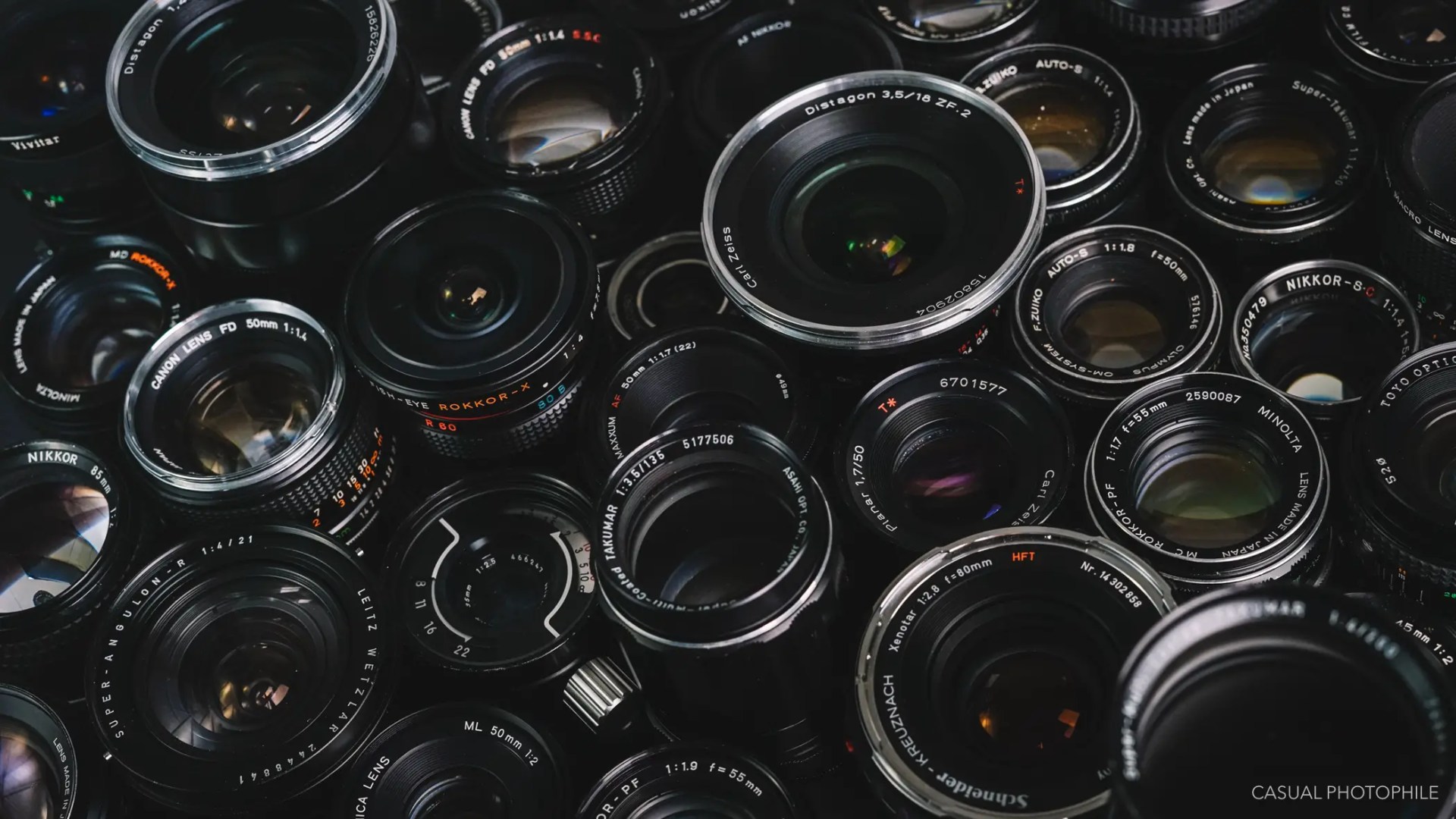
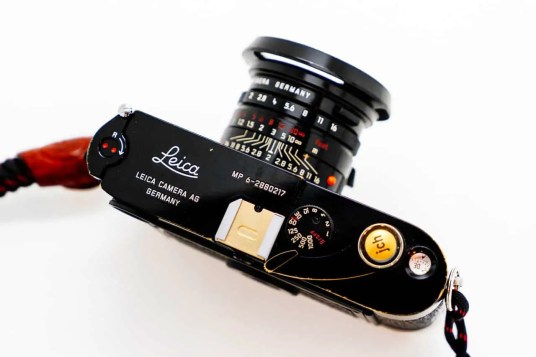
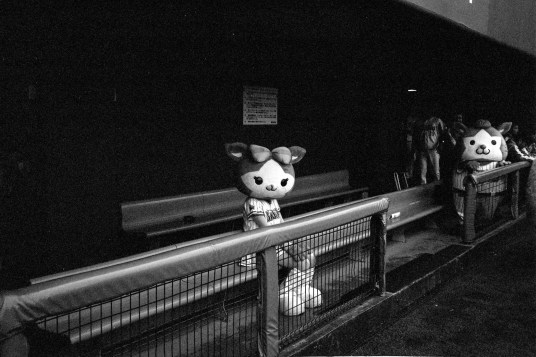
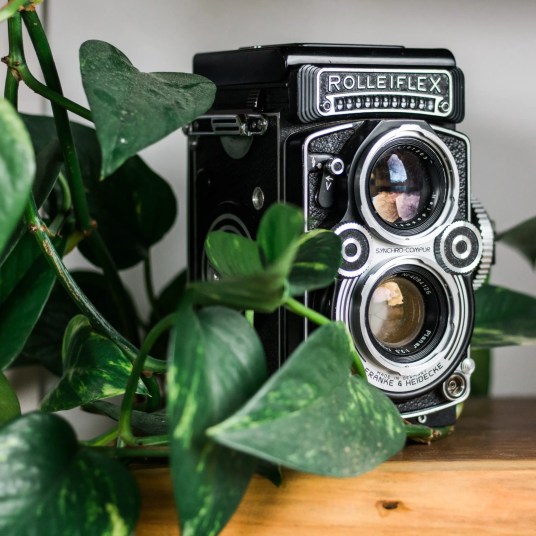
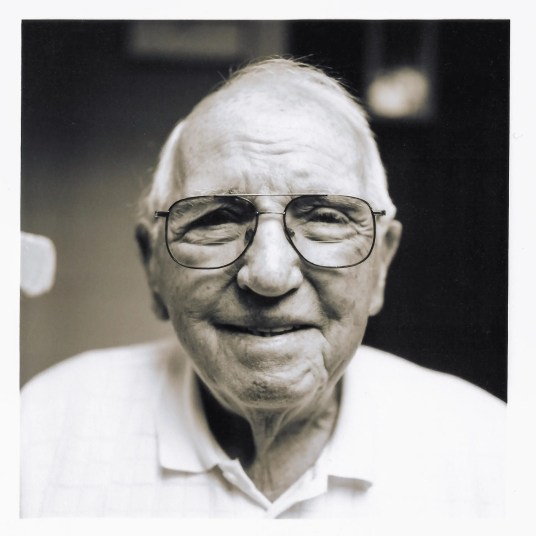
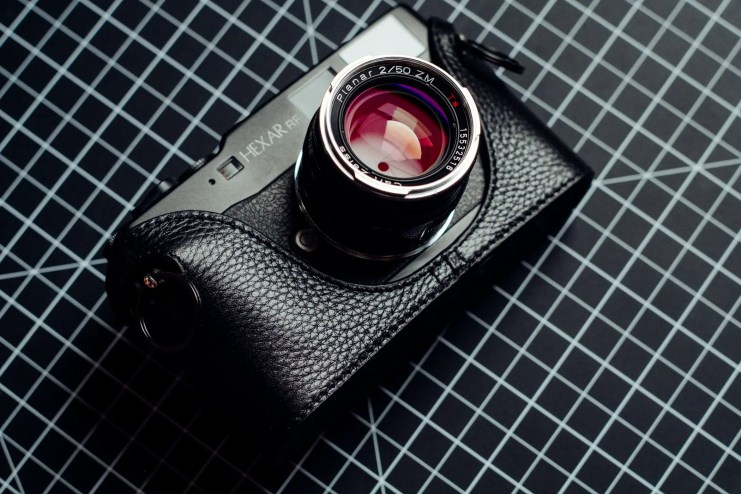
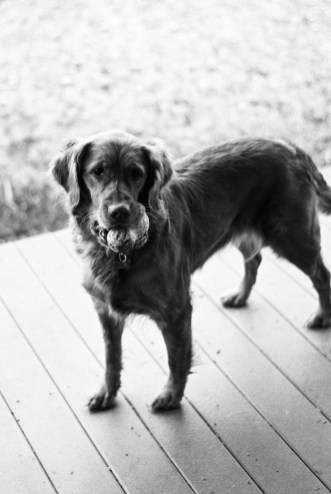
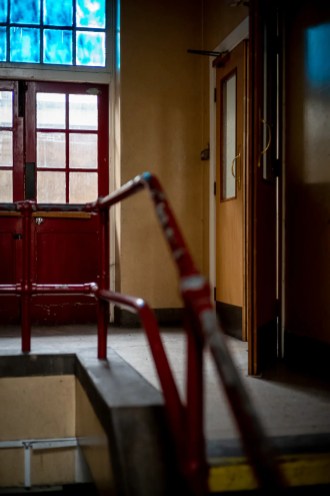
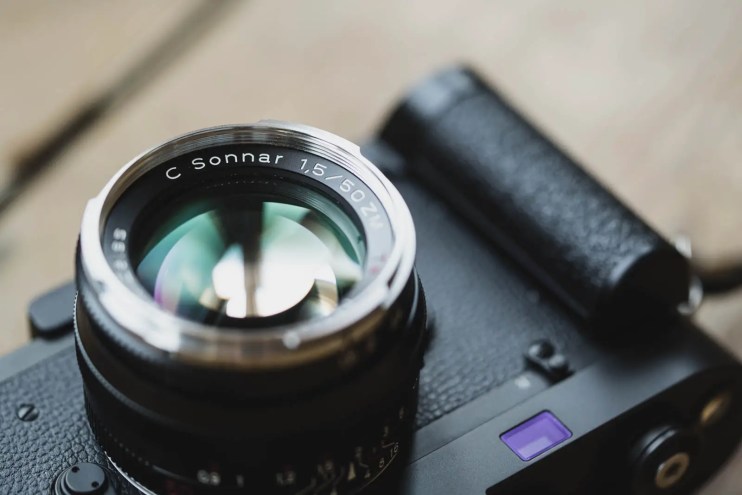
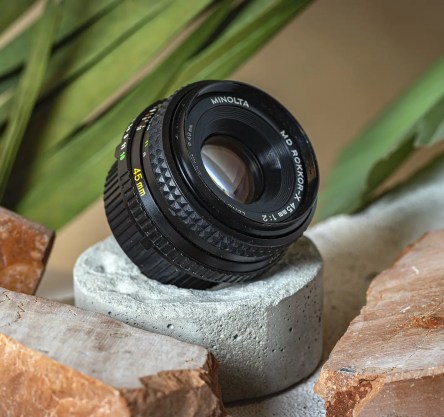
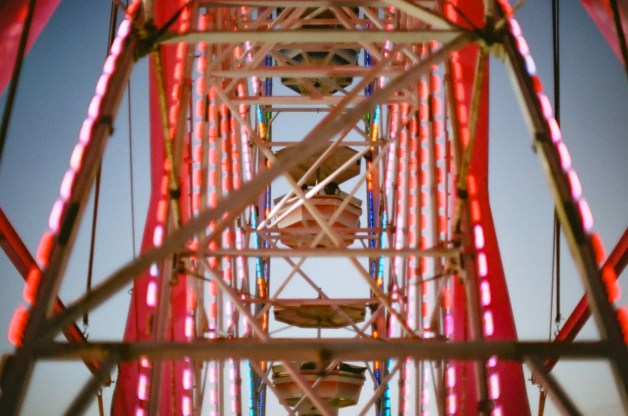
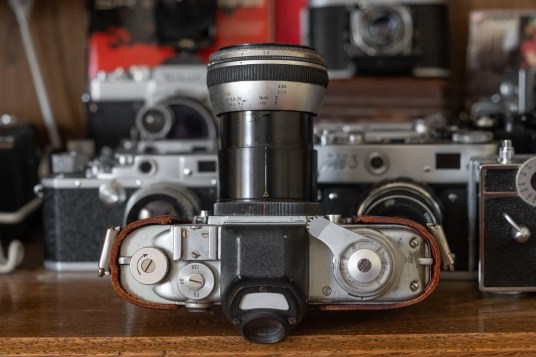
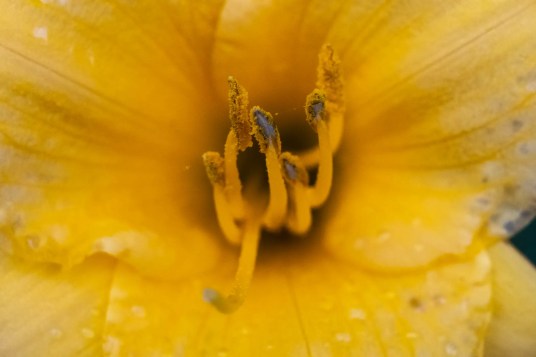
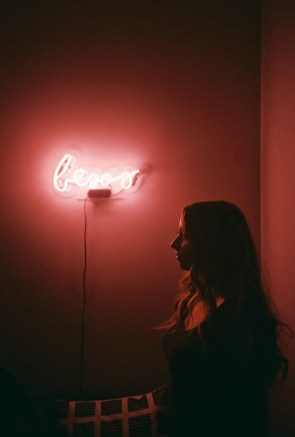
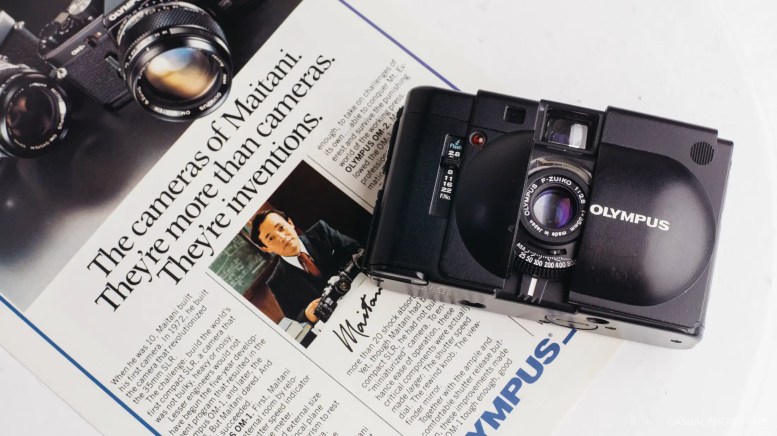
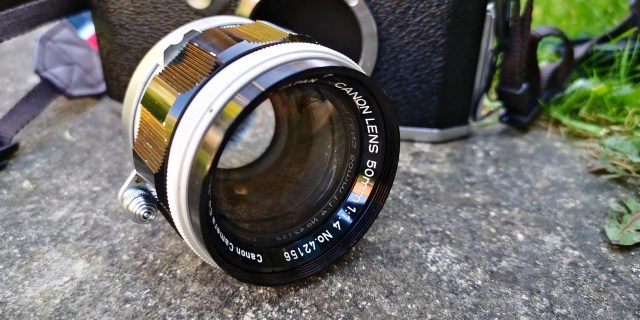


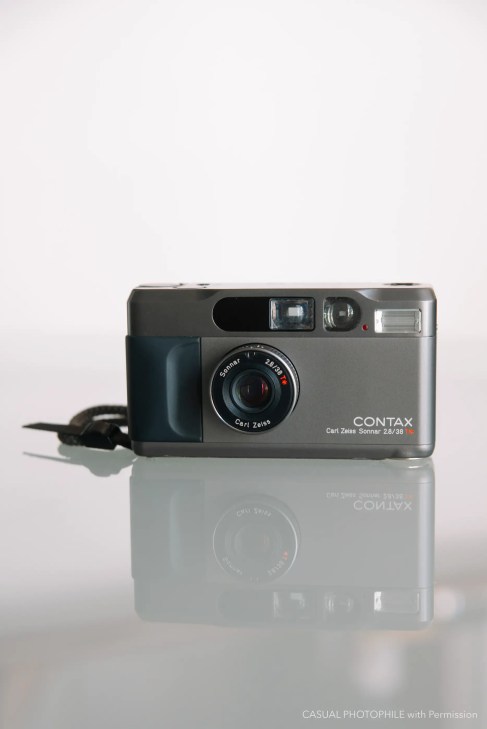

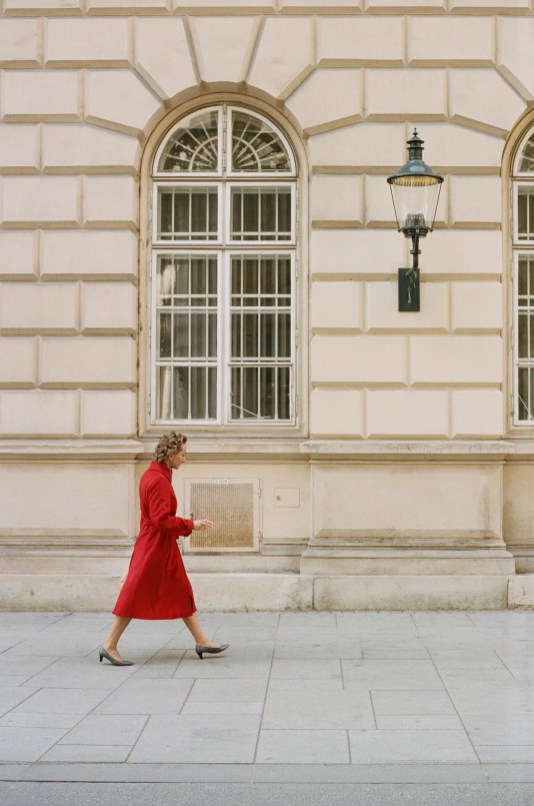
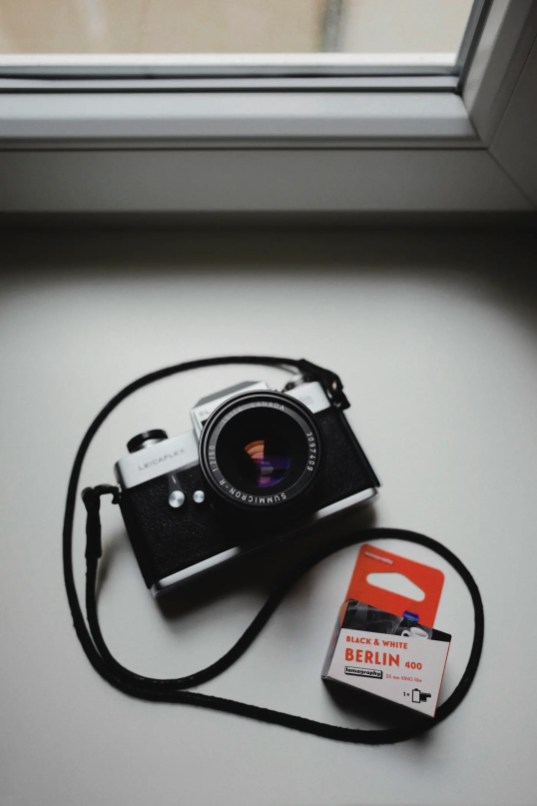
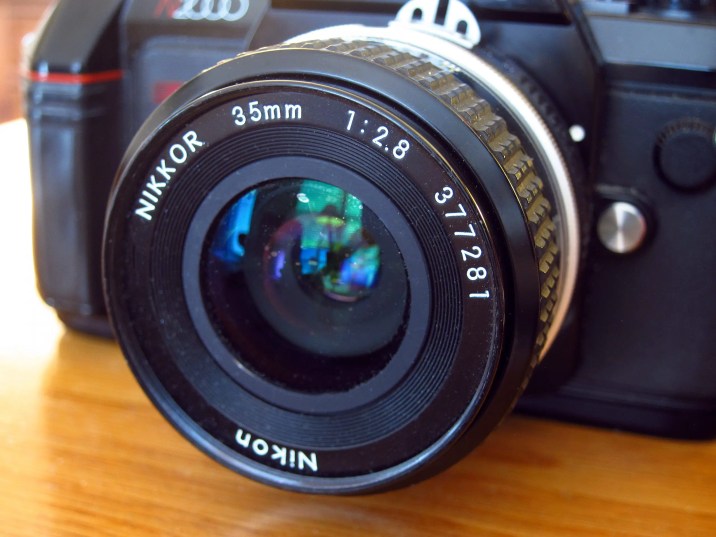
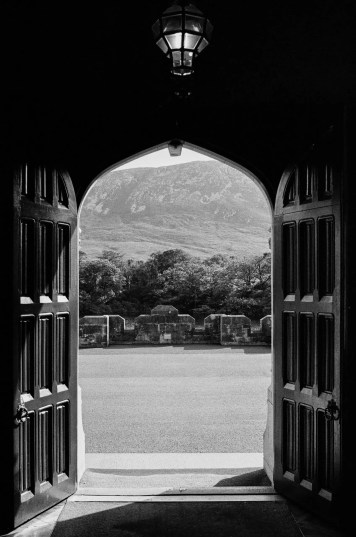
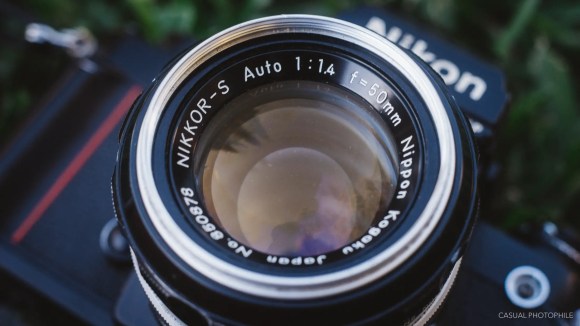

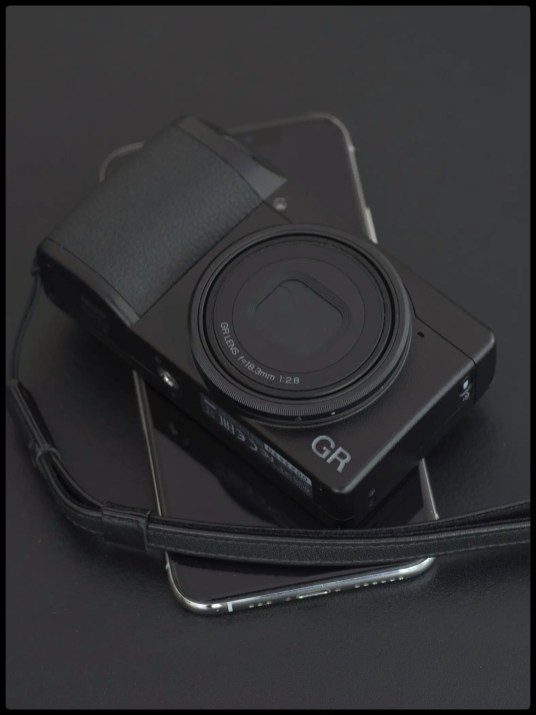
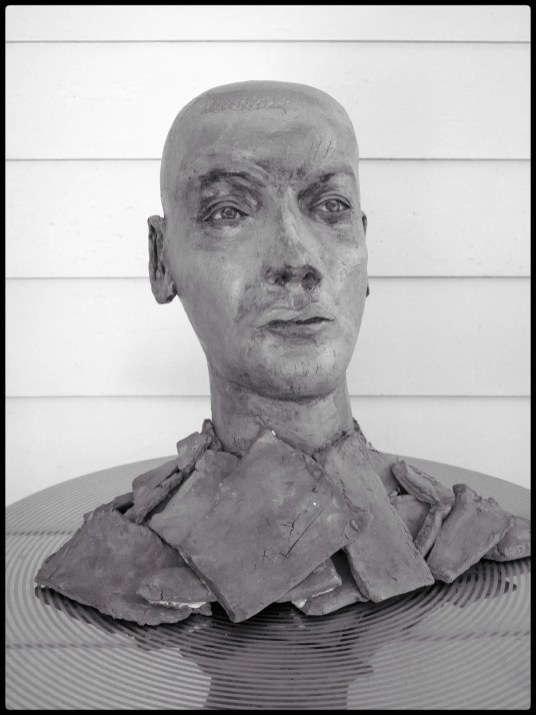
If I had to live the rest of my days with only one lens, I’d choose a 50 for its polyvalence. I always carry one in my camera bag.
I own dozens of lenses too but the lens that has always blown my mind and allowed me to capture my best images is the SMC Pentax-M 100mm f/4 Macro. It’s a bit slow and has only six aperture blades. That’s it, these are the only negative things I can say of this lens. Later iterations by Pentax feel less solid, previous ones are not as sharp. The build quality is flawless. The sharpness, even wide open, is excellent. The bokeh is very smooth although some hexagons can be seen with bright light sources. The colors and contrast are jaw-droppingly good. It blows my mind everytime.
Find someone who’s used this sleeper and they love it. I have much faster, shorter or longer, telephotos. Some are legendary like the Tak 85 or the MD 135/2. But this lens is the one I usually grab and I never regret it.